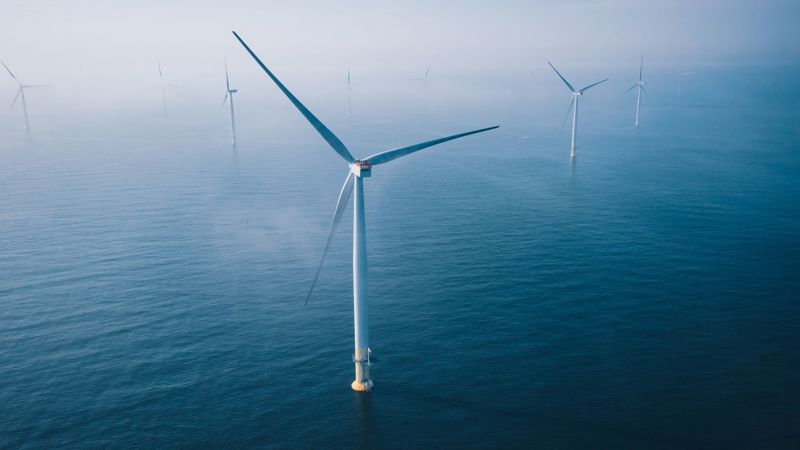
From 30 December this year, a new EU rule will require Member States to include non-price criteria - such as sustainability, cybersecurity and responsible business conduct - in at least 30% of their renewable energy auction volumes.
As this pivotal moment looms for governments and regulators, we are publishing our special bulletin Non-price criteria in offshore wind auctions: how to strike the balance , where we explore the design challenges this change presents - and the potential consequences for competition, complexity, and cost.
.
Non-price criteria in offshore wind auctions: how to strike the balance
Download nowWhy this matters
Europe’s offshore wind auctions have, until now, been dominated by price. But under the Net-Zero Industry Act (NZIA), that will change. As the EU looks to scale up offshore wind capacity threefold by 2030, incorporating non-price criteria into auctions is seen as a way to reinforce supply chain resilience, reduce reliance on third countries, and drive better environmental and social outcomes.
However, this shift brings trade-offs. Non-price criteria can raise costs for developers, limit participation, and lead to lower public revenues. German auction data from 2023 and 2024 illustrates the point starkly: auctions that included non-price criteria attracted far lower bids than those based on price alone—suggesting a significant fiscal impact for governments.
Four key questions for auction designers
To navigate the transition successfully, policymakers need to strike a careful balance. Our bulletin sets out four key design considerations:
1. Which non-price criteria should be included?
Only those that add clear, additional value—without duplicating existing policy tools or overcomplicating the process.
2. How should they be defined and assessed?
Criteria need to be precise, measurable and enforceable to avoid ambiguity and burdensome bidding.
3. How should they be applied in the auction process?
Whether as minimum requirements, weighted scoring factors, or via a two-stage hybrid model, each approach has implications for simplicity, participation and price competition.
4. How do you ensure compliance?
Without credible monitoring and enforcement, non-price commitments risk becoming toothless—and could distort auction outcomes without delivering the intended benefits.
Looking ahead
For Europe’s offshore auctions, the right approach may be to use non-price criteria sparingly and strategically—especially as pre-qualification thresholds—rather than layering in complexity via scoring rules. But the right balance will differ by context.
With billions at stake and a tight timeline for implementation, there’s little room for error. Expert design and clear policy thinking will be essential.
Speak to the team today. Email matthias.janssen@frontier-economics.com or michael.zaehringer@frontier-economics.com, or contact our Cologne office on +49 221 3371 3117.






